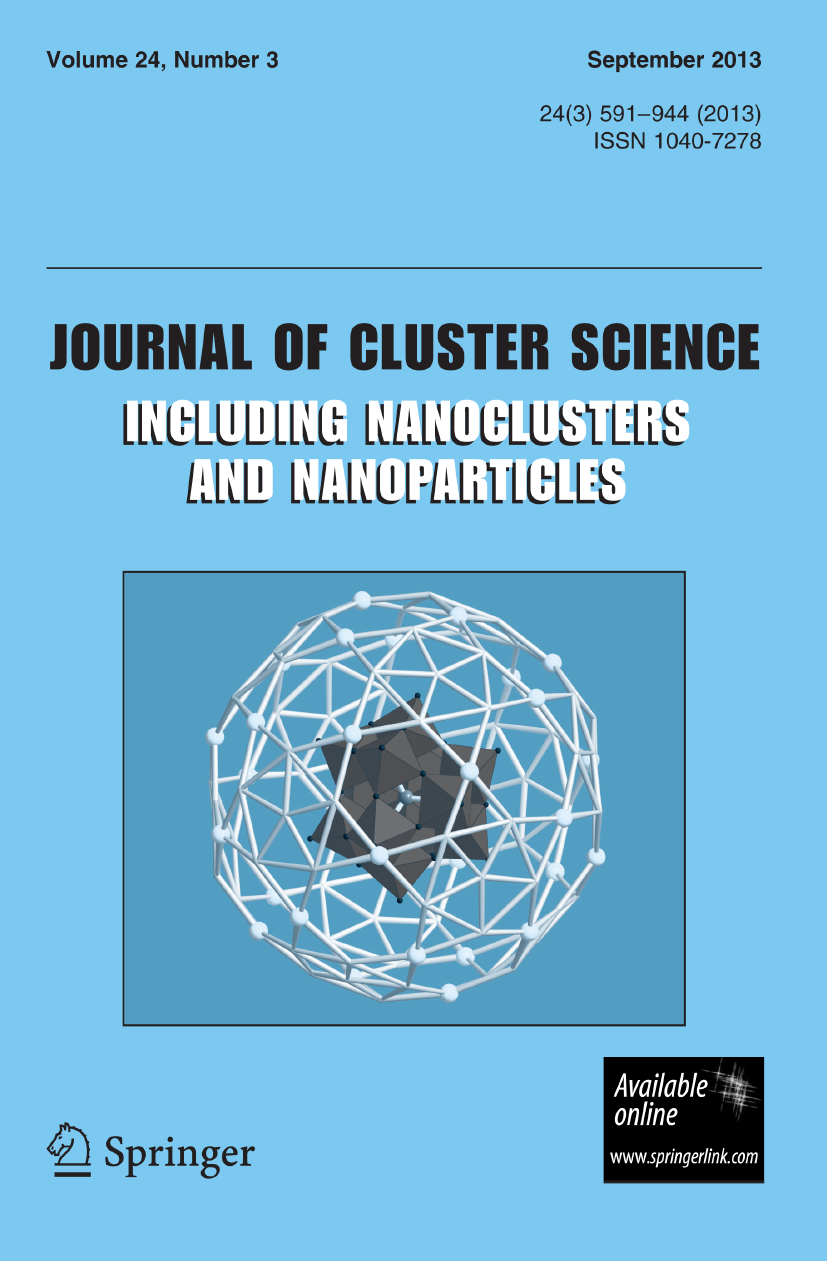Biofilms are group of bacteria that are protected by a slimy layer. These biofilms are more resistant to antibiotics than individual bacteria which are the basic building blocks of biofilms. Researchers are actively introducing new treatments that are supposed to be more efficient in fighting biofilms and to be less toxic to the patient than the conventional antibiotics. Here in this study we propose the development of Fusidic acid (FA) loaded liposomes and niosomes to improve the anti-bacterial activity in-vitro against Staphylococcus aureus strains. The designed niosomes and liposomes of FA were smaller in size ranging from 116.4 to 274.2 nm displaying homogeneity in terms of size distribution with PdI \(\le 0.4\) 0 and zeta potential ranging from \(\pm\) 20 to \(\pm\) 60 mV. The nanoparticles were stable for 30 days irrespective of the storage condition, 4 °C and Room temperature. SEM analysis confirmed spherical type nanoparticles and diameter of the nanoparticles were complementary with DLS (NanoZetaSizer) results. All types of nanoparticles showed higher entrapment of FA, particularly FA-Span-40 NPs showed %EE of 94%, rest of the nanoparticle showed %EE \(\ge\) 85%. The niosomal and liposomal formulations of FA modified the biological behavior of the drug and provided better in vitro performance against S. aureus compared to the standard (FA). Span-40, Tween-20 and cationic liposomes MIC value (0.039–0.078 µg/mL) were effective and comparable with standard, FA (0.04 µg/mL). Furthermore, the effectiveness of antibacterial agents at a microscopic scale was carried out using AFM after contact of all the formulations with Staphylococcus aureus strains. Greater change in the structural and mechanical properties of bacterial cells was observed for FA loaded tween-20 niosomes, and cationic liposomes compared to control and standard FA showing efficacious antibacterial activity. The study demonstrates the designed nano formulations could be a useful strategy to enhance the efficacy of antimicrobials agents.


